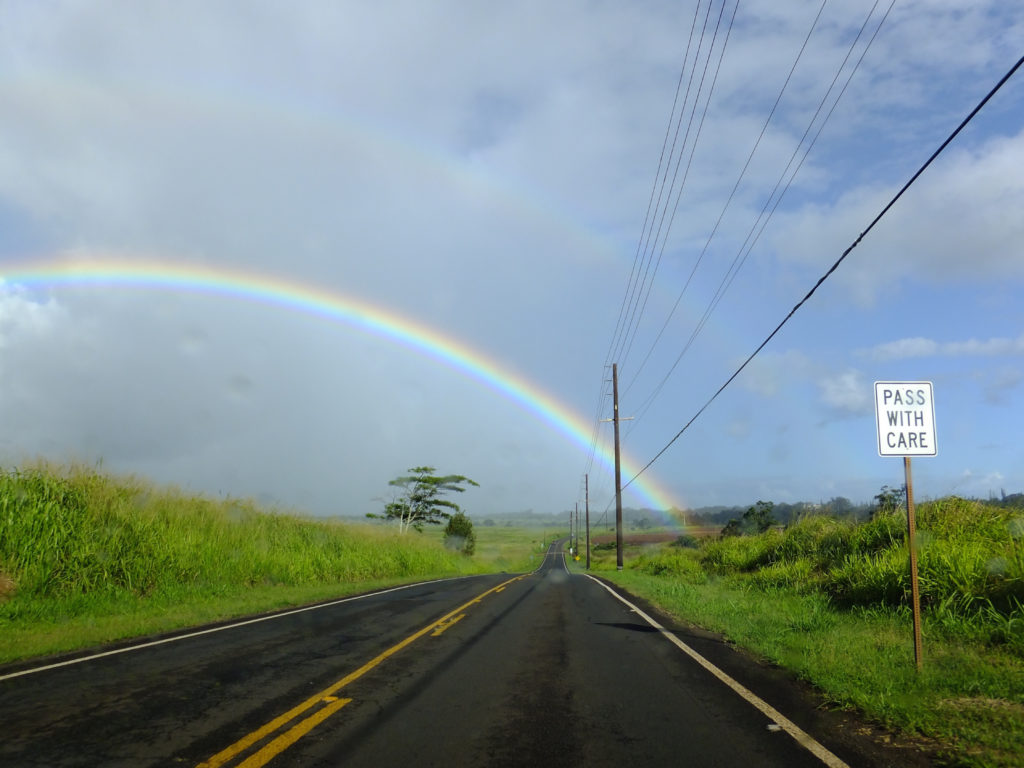Abstract
As a therapeutic practice of care, “watchfulness” (Garcia 2010) implies a vigilant responsibility and constant mindfulness of others; in Hawaii, this is captured in the concept of aloha. This article explains how watchful care with aloha is discussed and mobilized in community suicide prevention in Hawaii. Rates of suicidality and suicide attempts in the state are high, among young people in particular. My ethnographic research follows a network of workers and volunteers as they incorporate local understandings of aloha into suicide prevention outreach. Following a history of aloha’s meanings and (mis)uses in and beyond Hawaii, I draw on ethnographic examples to reveal how care with aloha prioritizes personal connection and individuality, rather than being rhetorically detached or “anonymous” (Stevenson 2014). But as my central vignettes reveal, there are difficulties in the implementation of this kind of watchful care, which ultimately question its utility in suicide prevention.
